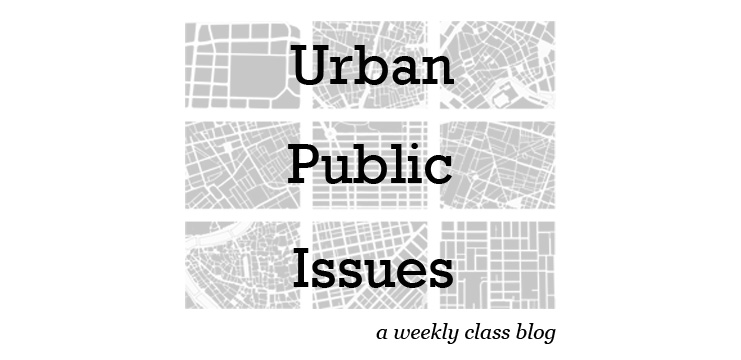Mobile devices are becoming more and more sophisticated every day. They are capable of capturing images (of your reckless Friday nights), videos (of your graceful relief of Friday night's beverages all over the side of someone's apartment building), locations (of your favorite Friday night trough), and other data (how much you over drafted your bank account with the round of tequila shots you bought) interactively with their user, or autonomously.
Mostly today we are using participatory sensing, "people equipped with today's mobile and web technology observing, studying, reflecting on and sharing your unique world." Or in plain english capturing the wonderful highlights and lowlights of our's and others' lives with the push of a button.
One website we found this week to discuss this topic, http://urban.cens.ucla.edu/ , contains a blog about urban sensing. They have introduced a new program in California called PEIR. This stands for Personal Environment Impact Report. With the recent fads of going green, this program is for the environmentally conscious-on the go. This program uses a GOS application downloaded to your phone to show your impact on the environment and the environments impact on you. It gives four categories of updates 1) Smog exposure 2) Fast food exposure 3) Carbon impact and 4) Sensitive Site impact such as on schools and hospitals. PEIR has even made the program compatible with Facebook so that you can share your overall impact and exposures with friends (as if they care).
Another project released in the Los Angeles area by the the same group is called CycleSense; http://urban.cens.ucla.edu/projects/cyclesense/. Just as avid runners can track their routes, running times, and overall satisfaction with Nike+ (http://nikerunning.nike.com/nikeplus/) , bikers can now track the same information via the CycleSense program. It allows bikers from the LA community to upload pictures of hazards to fellow bikers in the area and different routes to avoid them. One of the most dynamic features of the program is that it records sound volumes. So if you want to enjoy your hipster bike ride to work without any commotion, you can track the lowest decibel route possible.
Yet another program, this time located in Australia, by a company called Arup Australia, has been released as per
http://www.experientia.com/blog/urban-sensing-via-mobile-phones-an-arup-project/. This project in collaboration with UTS Centre for Real-Time Information Networks http://www.crin.uts.edu.au/, can track mobile phone presence and usage within public transit options such as the bus, ferry, or train. Not only can it provide information from group transport but it can provide presence from pedestrians as well. This data can help aid decisions for public planning and transportation planning as well.
In case you don't feel like the government is watching you enough already, many cities across the country have adopted red light traffic cameras such as the ones in Virginia Beach described in this article.
http://hamptonroads.com/2011/01/have-redlight-cameras-made-beach-streets-safer This article describes how much money was made by the city and how much the subcontracted company made during the year of 2011.
All of these programs and projects are examples of urban sensing and can be used in everyday life. Thanks for listening to week 3 hope you had an amazing time!

